Aster flowers are associated mostly with bravery, faith, and knowledge. Ancient Greeks used them as a sacred offering to their gods and prayed to obtain these virtues.
Aside from that, the aster symbolizes love, patience, elegance, and beauty due to its pretty, daisy-like blooms and decent fragrance as well as its various colors of mauve, lilac, pink, red, and white.
If you’d like to know more about the magnificent asters, including their meaning, symbolism, and cultural significance, keep reading this guide here!
Basic Info on Asters
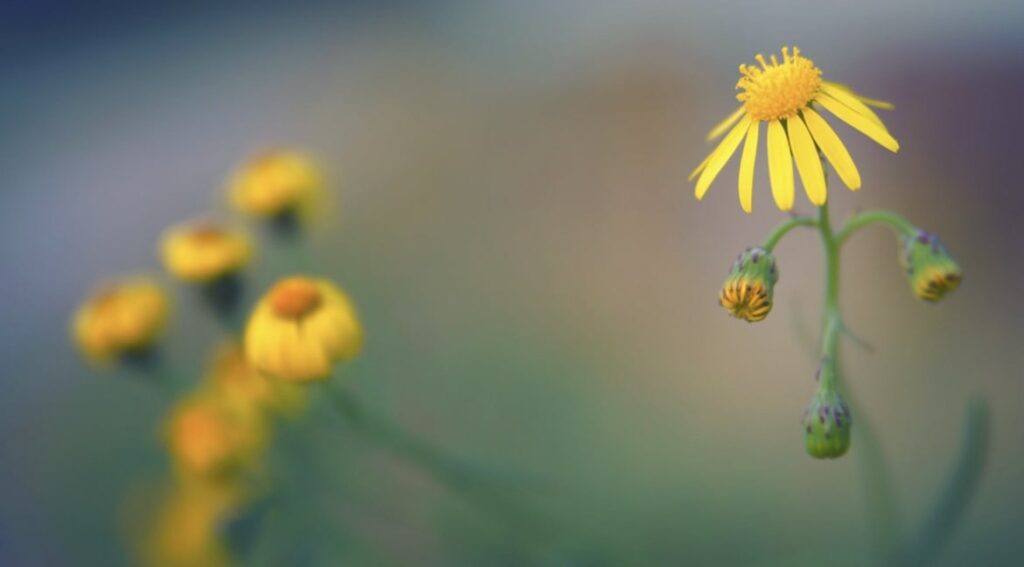

Stem Type: Herbaceous
Genus: Aster
Family: Asteraceae
Native Habitat: Europe and Asia
The aster is a colorful fall-blooming herbaceous plant. It belongs to the genus Aster among the same family of flowers as daisies, called Asteraceae.
True asters are native only to Europe and Asia. Although there are also asters found in North America that resemble the real species, they’re classified under different genera.
Some popular aster varieties include the New England aster (Aster novae-angliae), the Siberian aster (Aster sibiricus), lava aster (Aster scopulorum), and Berggarten (Aster tongolensis).
Aster Physical Description
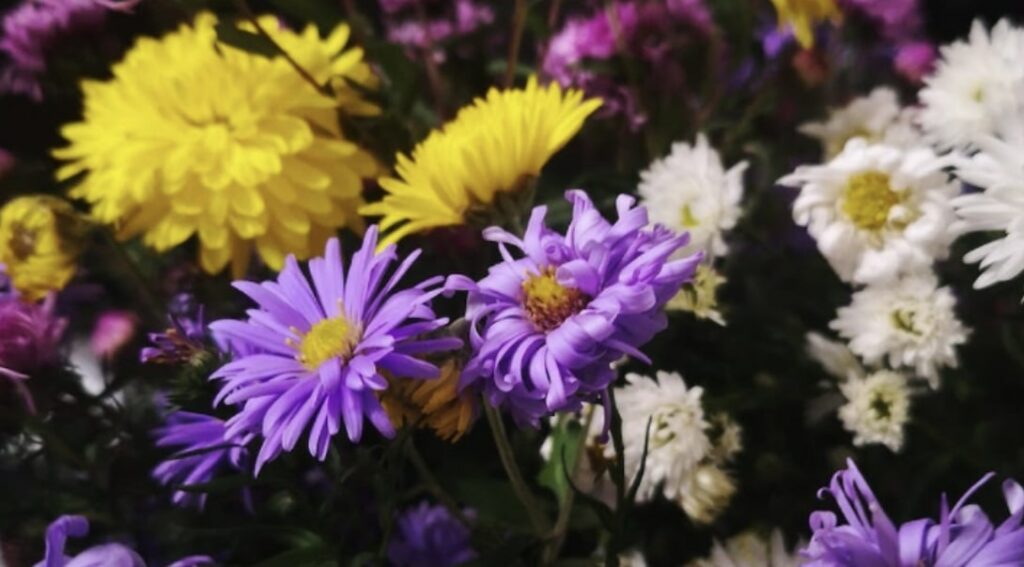

The perennial plant is loved for its showy flowers, leafy stems, and sharp, cooling balsam aroma. This aroma is produced when the flowerheads and/or foliage are crushed.
The entire plant can grow between 1 and 6 feet tall depending on the species. And, usually, the bright and cheery flowers measure 2 to 2 1/2 inches across.
Furthermore, aster flowers widely differ in color, from purple to blue to white, and often have a yellow center. They bloom during fall and can add a relaxing and wonderful splash of color to your garden.
Due to their distinct appearance and blooming time, asters are sometimes referred to as Michaelmas daisies, starworts, and frost flowers.
Aster Etymology
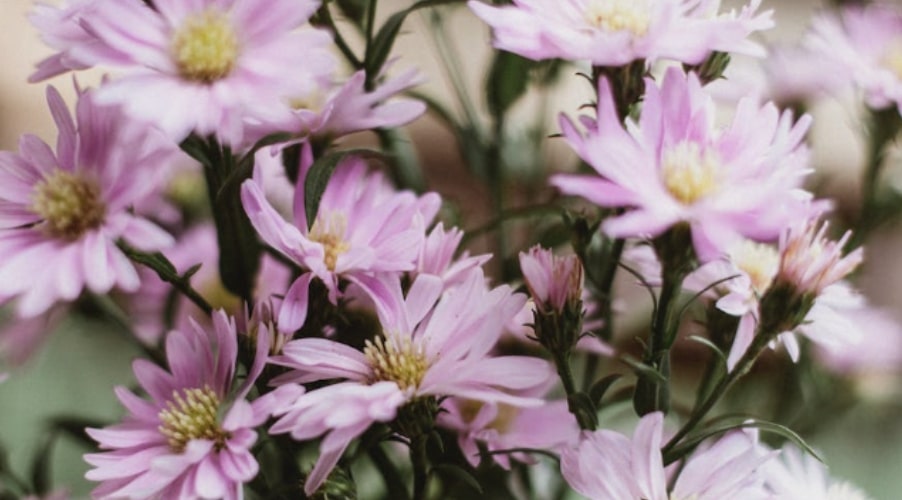

The word aster and its meaning of “star” has persisted throughout the centuries. It evolved from Greek to Latin, from astēr to aster.
Calling the flower aster is very accurate in that it has an attractive star-like shape. And it appears in Greek mythology where the ancient Greeks explain how the flowers came to be.
The Meaning and Symbolism of Aster Flowers
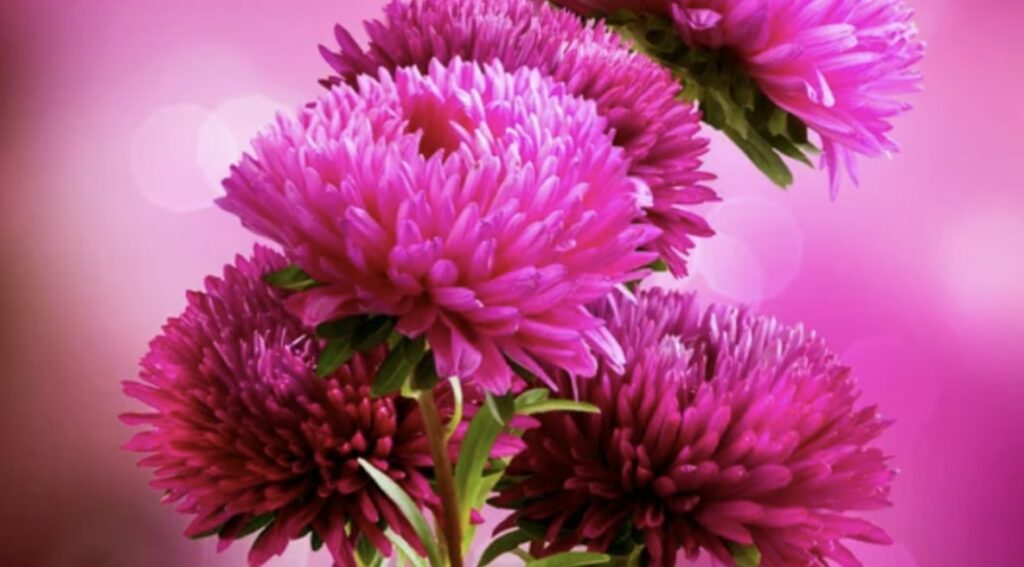

As we have explained earlier, asters are symbolic of various things, but in general, they represent love, wisdom, and faith.
In the Victorian Era, asters were taken to mean charm, daintiness, and patience. It’s a good symbol of patience because most of them bloom only for a season, from late summer to early fall, unlike other flowers.
In addition to that, aster and morning glory are the official birth flowers of September. Both of them symbolize unselfish love, valor, wisdom, purity, innocence, and royalty.
And because asters give off a balsamic scent when burnt, they were believed to repel venomous snakes. This can be interpreted and used to signify overcoming temptations or negative feelings like jealousy and resentment.
Aster Flower Meaning by Color
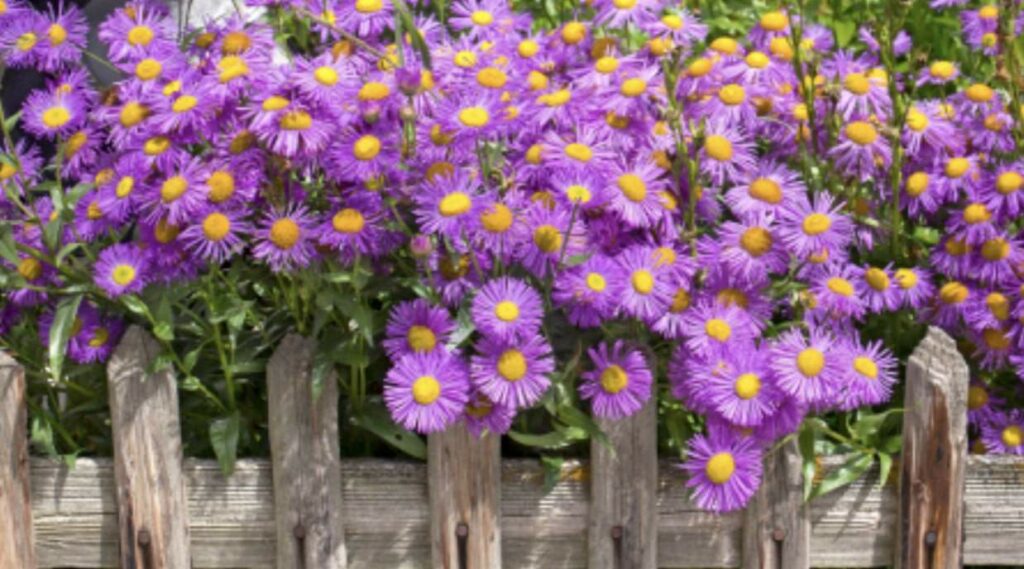

Like daisies and sunflowers, asters come in appealing colors like red, white, pink, blue, and purple. Below, we’ll take a closer look at each one of them:
- Purple Asters
This color is what lends noble meanings to the aster: royalty, beauty, and wisdom. You can find more purple asters than any of their other colors.
It’s best given to someone whom you admire or respect like an actor that’s talented and kind in real life, a grandmother who supports you, or a friend that’s always been there for you in your time of need.
- Blue Asters
Blue asters symbolize calmness, serenity, and faith. It’s like the gentle-flowing ocean on a clear and sunny day that sailors love the most.
You can buy cut blue asters on a vase and display them in a stylish vase in your living or dining room to give the effect of tranquility, peace, and relaxation.
- White Asters
White asters are elegant, flawless, and incredibly beautiful, and they mean purity and innocence. Besides those, they represent refined taste, spirituality, and a new beginning.
Asking a partner for forgiveness, surprising a pregnant friend, and expressing sympathy for someone are just a few of the occasions you can give white asters.
- Red Asters
Red asters are a powerful symbol of love. They stand for undying devotion and pure passion.
These meanings are inspired by their love of the sun and their flaming deep color.
For these reasons, they can be given to someone that you deeply love, as a substitute for roses or peonies.
- Pink Asters
Pink asters convey fondness and affection for a person. It expresses a lighter, but not necessarily a weaker form of love, as well as sensitivity and kindness.
With pink asters, you can pamper your mom, colleague, or best friend showing them you appreciate and love them. They are one of the most desired colors by flower lovers and gardeners.
The Cultural Significance of Asters
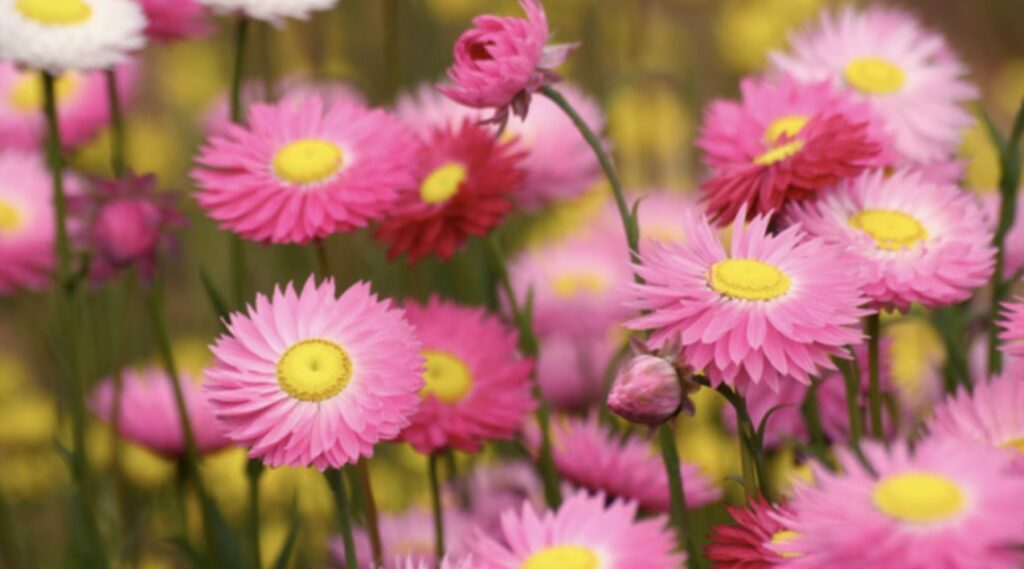

Asters have become a well-liked and significant flower across different cultures and eras. Here are some of them:
- In Greek Myth
Greek mythology tells the story of the virgin Greek Goddess Astraea who became sad one night seeing the night sky dotted with only a few stars. At that moment, she cried and her tears fell to the ground from which beautiful starry aster flowers grew.
- Ancient Rome and Greece
Ancient Greeks and Romans also crushed the aster leaves and flowers in order to resist or protect against snakes and evil spirits around the house.
Also, they considered asters as sacred flowers and placed them on altars as an offering whenever they prayed or gave thanks to the gods.
- In North America
There’s an interesting legend in Native American folklore about the aster flower. So the story goes…
One day, two girls had been lost in the woods. After failing to see their way back to their camp, an old, clairvoyant herb lady found them and suggested turning them into flowers in order to save them.
One of these girls wearing a blue dress became the aster flower.
- In China
The China Asters (Callistephus chinensis) is one of the perennial favorites in the gardens of China. To the Chinese, the flower especially means faithfulness, loyalty, and devotion.
This native variety can grow up to 2.5 feet tall. And it also comes in an exciting range of shades like berry red, pink, purple, and white.
- In the Victorian Era
Asters meant daintiness, patience, charm, spontaneity, and variety during the Victorian times. A lot of people used them for something new to give to the recipient.
Plus, interestingly, they were also believed to have magical powers, and so Victorians concocted potions with this flower.
Asters as a Zodiac Flower
One can think of asters as the zodiac flowers of Capricorn people (born between December 22 and January 19).
This is because the Capricorn’s inherent traits of being wise and ambitious require the aster qualities of bravery, knowledge, faith, and patience.
These traits perfectly complement each other and will help Capricorns succeed in their lofty goals and dreams.
How to Keep Cut Aster Flowers Fresh
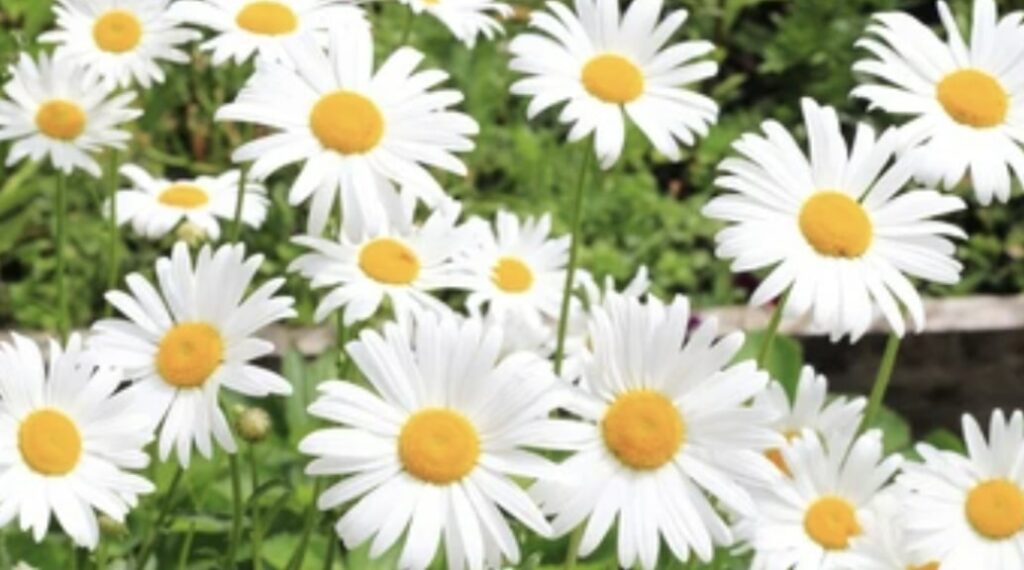

Cut aster flowers are a no-biggie to care for. When you get one from the florist, you have to transfer them to a vase.
Simply unwrap the bouquet, and remove its fallen leaves. Diagonally cut a few inches off the stems’ ends before placing the flowers in a vase with water.
But if you’re obtaining flowers from your own garden, do so in the early morning so they are still fresh. Remember to pick those that have fully bloomed and trim them a bit.
Put them in a bucket of water, and arrange them in a bouquet or vase.
FAQS about Aster Flowers
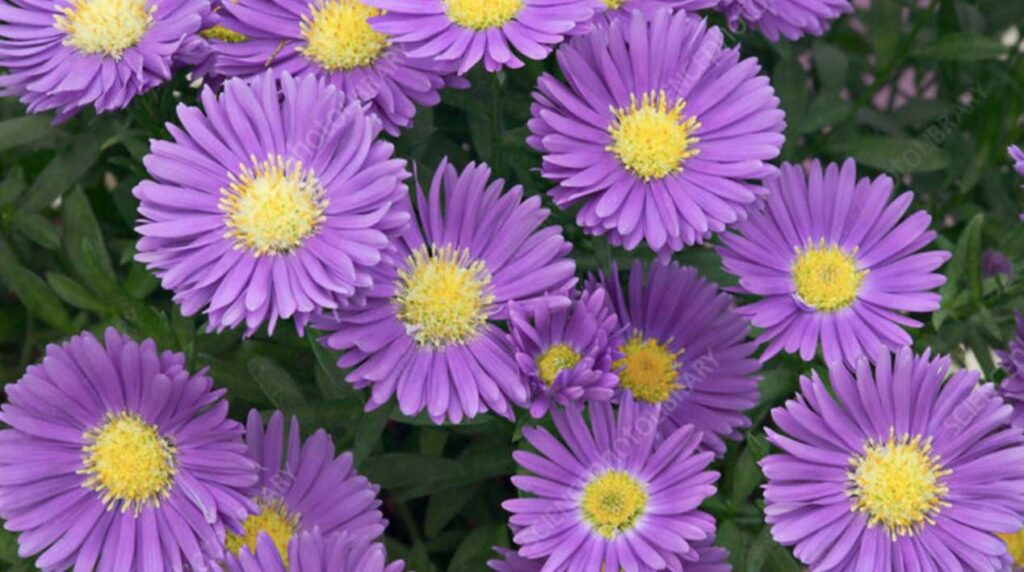

- Why are asters called Michaelmas Daisies?
Asters have been known by the popular moniker of Michaelmas daisies. It was given this name because its flowers bloom around the autumn equinox.
Now the autumn equinox is when day and night are of equal length. The Feast of St. Michael on September 29th occurs during this astronomical event.
- How long do aster blooms last?
With full, bright sun and regular watering, asters can last for weeks in your garden or greenhouse.
As cut flowers, these beauties have a vase life of typically 5 to 10 days. Of course, giving them the right food pack (usually supplied by the florist) will help to extend their beauty and lives.
- Are asters poisonous?
If ingested by a child or pet, asters can induce vomiting and diarrhea. So don’t put them where your little one or dog can access them.
- How does the aster flower help nature?
Asters draw in beautiful, pollinating insects like bees, butterflies, moths, and ladybugs. Besides that, the plant bears seeds that birds and other small animals feed on during the winter, and its dried stems serve as shelter from outside elements.
- Do asters have medicinal uses?
Like most flowers, asters had been used by Native Americans to heal different illnesses.
The Ojibwa tribe used the liquid extracted from the root to relieve headaches. The Iriquois combined aster, bloodroot, and other plants to treat diarrhea and indigestion, among other stomach issues.
And also, parts of the flower have been used to alleviate or treat sexually transmitted diseases or infections.
- Where do asters grow best?
Asters thrive in cool and moist summer environments. They ideally want to get full sun to grow healthy stems, leaves, and a higher number of lovely flowers.
Although they can withstand partial shade, some species will develop fewer flowers under this condition.
Don’t forget to water them when you have planted or transferred them. Plus, add mulch on top of the plant to help it retain moisture and resist weed formations.
More Flower Meaning Resources
Besides this, you can check out these other flower meaning guides on the site:



